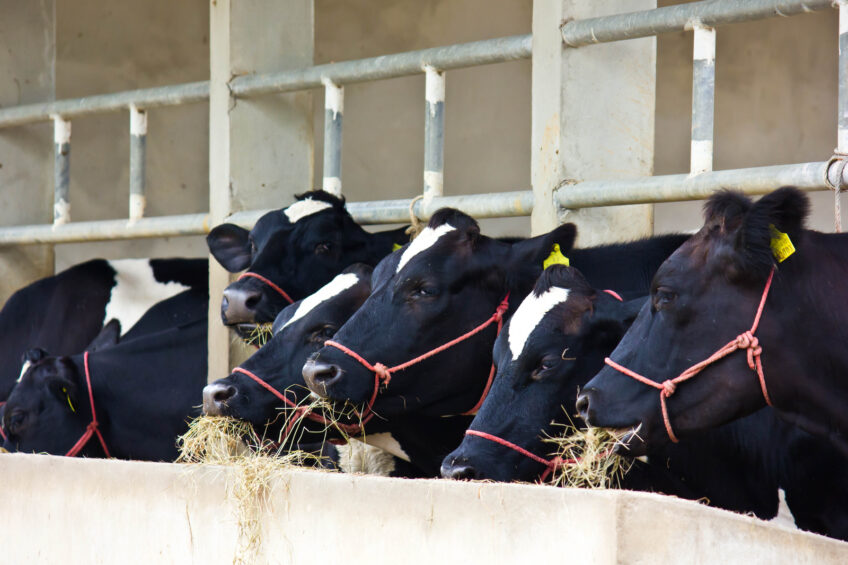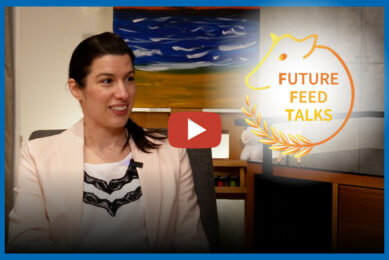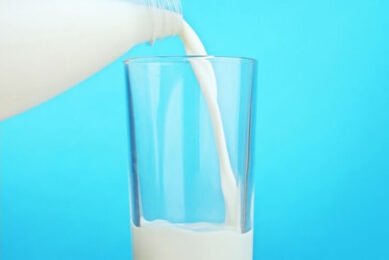International dairy prices show no sign of recovery

Much as anticipated, international dairy commodity prices failed to show any real signs of recovery through Q4. This is stated in the Rabobank Dairy Quarterly.
Prices fluctuated during the period, but closed the 3 months to mid-December more or less unchanged in US dollar FOB Oceania trade. Prices for key commodities remain 20% to 50% below their 3-year average. While US dollar prices were unchanged, commodity prices firmed somewhat in most other currencies, as the greenback rose 1.4% on a trade-weighted basis in the 3 months to mid-December.
Production growth has slowed considerably in key export regions as a group, but less dramatically than we had anticipated. While the brakes have now been applied in most of the southern hemisphere and the US, EU production is still advancing strongly, ensuring milk production growth among the big 7 exporters was still up 1.1% YOY in the 3 months to October. Despite some improvement in demand within export regions, faster-than-anticipated supply growth will probably see a small increase in milk surplus in these regions in 2H 2015, rather than the small contraction we were looking for.
Avoiding stock build
Sellers appear to have been able to place most of this additional surplus onto the international market, avoiding any large increase in supplier stock build. The gap between recent and prior-year imports into China and Russia is narrowing (combined imports down 17% in Q3), as we overlap the imposition of the Russian trade ban in August 2014 and China approaches balance. Second-tier importers have been able to pick up the slack, with shipments to these regions rising 8% in Q3.
International dairy commodity prices stable
But the sellers have needed to offer low prices to push additional product into these markets. The purchasing power of oil-exporting regions has diminished, with further reductions in oil prices. And increasing volumes have been pushed into lower-paying markets, with dramatic import growth in places like South Sudan, Burundi and Afghanistan. In a fairly depressing quarter, the good news for sellers is that international prices have at least stopped falling, and we seem to have avoided further accumulation of stocks through Q4, suggesting we are a step closer towards a gradual rebalancing.
Eyes on price recovery
While downside risks still exist, the eyes are now turned towards when the price recovery kicks in and how steep its trajectory will be. The answers to both questions will have much to do with how quickly EU supply growth slows in coming months and how buying patterns in second-tier import regions develop.
Join 13,000+ subscribers
Subscribe to our newsletter to stay updated about all the need-to-know content in the dairy sector, two times a week.










